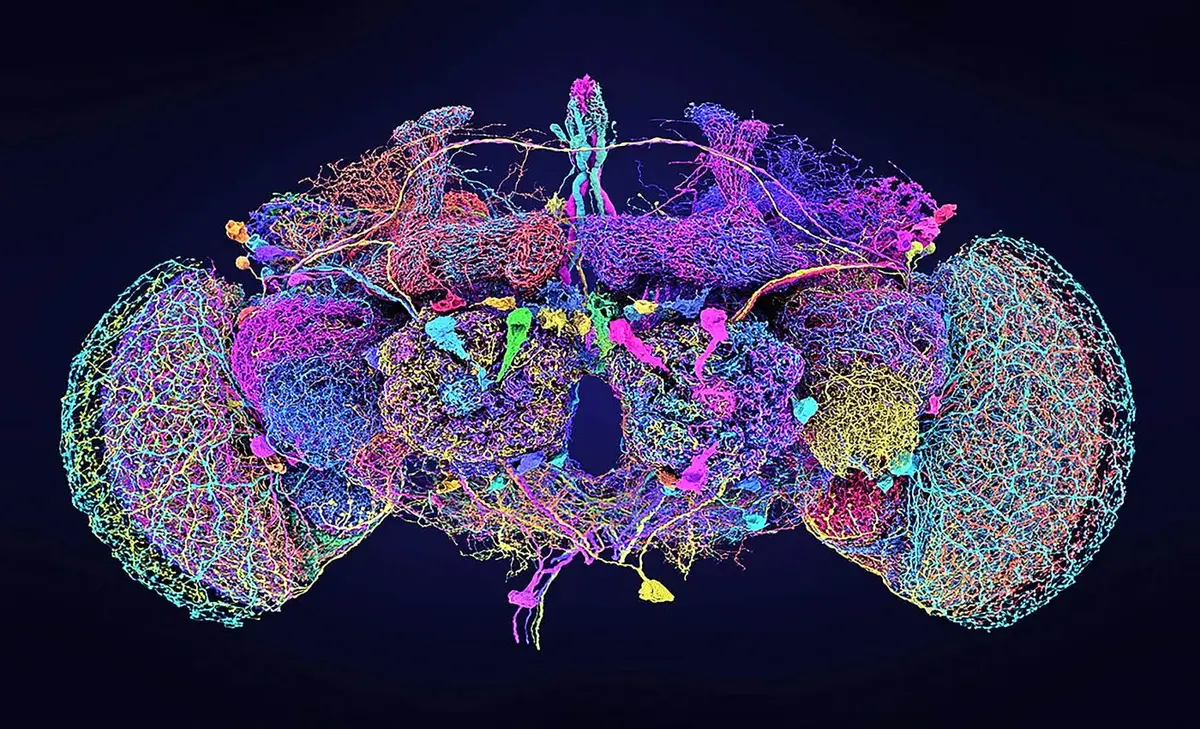Imagine looking at a complex but beautiful map of an entire city, but the city is actually the brain. Sounds exciting, right? Now scientists have made this a reality. Experts have created the first wiring diagram, or “connectome,” of every neuron in the adult brain, along with 50 million connections between them, marking a major milestone in the field of neuroscience.
Whole brain wiring diagram
The project was made possible by the FlyWire Consortium, a large international collaboration involving scientists from the MRC Laboratory of Molecular Biology in Cambridge, Princeton University, the University of Vermont, and the University of Cambridge.
Research published in two journal articles NatureIt contains the first complete wiring diagram of all 139,255 neurons in the brain of an adult fly, an animal that can both walk and see. Previous studies have mapped smaller brain systems, such as the fruit fly larva with 3,016 neurons or the nematode worm with 302 neurons. But the current study breaks new ground by providing a full-scale neural map for a more complex organism.
Research in the field of neuroscience continues
The resulting data provide valuable information about brain structure and function, providing an important reference point for ongoing research in neuroscience.
“If we want to understand how the brain works, we need to understand mechanically how all the neurons connect together and allow us to think. We have no idea how these networks work for most brains,” said study co-author Dr. Gregory Jefferies.
A detailed map of the fly’s brain could answer many of these questions by revealing the complexity of its neural circuits.
Similarities in brain wiring
One of the most striking findings of the study is the significant similarity in wiring found between the current map and previous smaller studies. This led to the conclusion that there are similarities in the connections of individual brains, contrary to the belief that each brain is a unique structure.
Journey to Brain Mapping
The key to this success was cutting the entire fly brain into 7,000 thin slices, less than a millimeter wide. These slices were then carefully scanned using a high-resolution electron microscope to capture the shape of approximately 140,000 neurons and the 50 million connections between them.
The power of artificial intelligence
This task of analyzing large amounts of data is made possible by machine learning, which demonstrates the potential of artificial intelligence technology to revolutionize neuroscience. Ensuring the accuracy of the data required approximately 33 person-years of editing. Despite the challenges, the results of this painstaking study paved the way for future discoveries in neuroscience.













